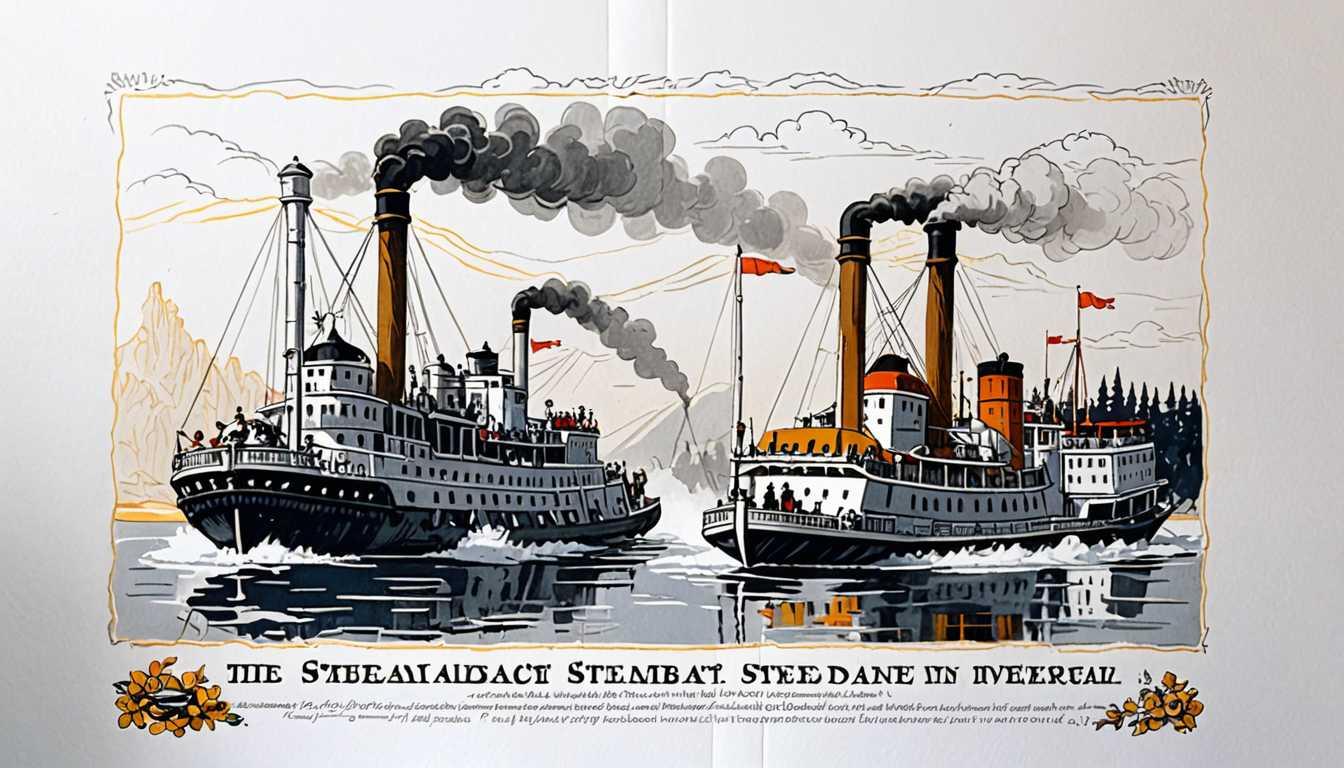Gold: Still Up for Grabs!
April 2023
Smithsonian Magazine
Introduction
Ever dreamt of striking gold? Well, the Smithsonian Magazine’s article “Five Places Where You Can Still Find Gold in the United States” might just be your treasure map! From the gold-dusted rivers of California to the nugget-rich lands of Nevada, this piece isn’t just about where to pan for gold; it’s a call to adventure. Join the ranks of modern-day prospectors in a quest that’s as much about the thrill of discovery as it is about the glint of gold. Who knows? You might just find your fortune—or at least an exciting hobby!
READ FULL ARTICLEWhy It Matters
Discover how this topic shapes your world and future
Golden Opportunities Await!
Imagine holding a shiny flake of gold in your hand that you found yourself. It's not just the thrill of discovery but a connection to a rich history that changed entire regions and the lives of many. The quest for gold has been a significant part of American history, from the Gold Rush era that fueled westward expansion to today's recreational prospectors enjoying the great outdoors while hunting for treasure. Understanding the history and ongoing allure of gold prospecting helps us appreciate the blend of history, economy, and science that shapes our world. For you, it's a chance to see how people's passions can lead them to explore, learn, and even protect the environments they treasure. This is about more than just finding gold; it's about the journey, the community, and the stories that continue to make gold prospecting a fascinating endeavor.
Speak like a Scholar
Prospecting
The search for mineral deposits in a place, especially for gold. It's like being a treasure hunter, but you're specifically looking for natural resources.
Recreational mining
Mining activities done more for fun and less for profit. Think of it as a hobby where you might find gold instead of making a living from it.
Environmental lawsuit
A legal case aimed at protecting the environment from harm, which can sometimes result in areas being closed to mining or other activities to preserve nature.
Bureau of Land Management (BLM)
A U.S. government agency that manages public lands. They're the ones who decide where you can and can't look for gold on public land.
Dry-washing
A method of gold prospecting that doesn't use water. It involves using air to separate gold from other materials, perfect for arid areas like Nevada.
Erosion
The process by which natural forces like water or wind wear away rocks and soil. It's important for gold prospectors because it can reveal gold that was previously hidden.
Independent Research Ideas
The environmental impact of gold prospecting
Investigate how modern-day gold prospecting impacts the environment, especially in protected areas, and explore sustainable practices.
Technological advances in recreational mining
Explore how technology, from metal detectors to smartphone apps, has changed the way people prospect for gold today.
The sociology of prospecting communities
Dive into the social dynamics and culture within prospecting communities, examining how these groups form, share knowledge, and support each other.
Gold's role in local economies
Analyze how the search for gold has influenced local economies, from boomtowns of the past to the tourist attractions and recreational prospecting areas of today.
The history and evolution of prospecting equipment
From the gold pan to modern dry-washing equipment, trace the evolution of tools used in gold prospecting and how they reflect advancements in understanding geology and physics.
Related Articles

Corinth Port: Ancient Secrets Unveiled
March 2024
Smithsonian Magazine

Imperialism's Canary Prelude
June 2023
JSTOR Daily

Steam, Speed, and Spectacle: The Steamboat Era
April 2023
Smithsonian Magazine

Steeping in History: The Tea Leaf Tale
February 2024
JSTOR Daily

Monks Illuminate Volcanic Secrets
April 2023
University of Cambridge